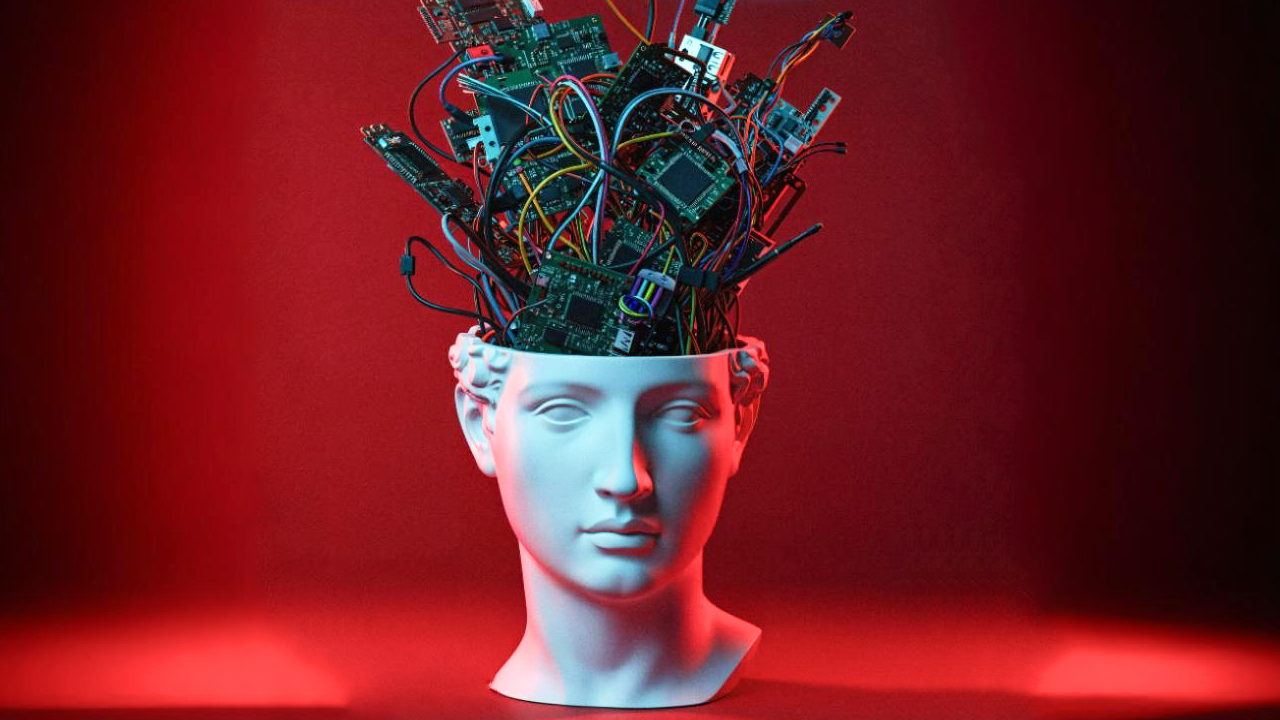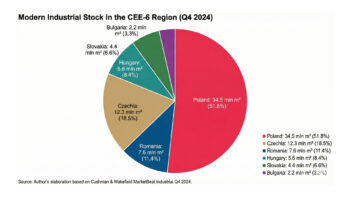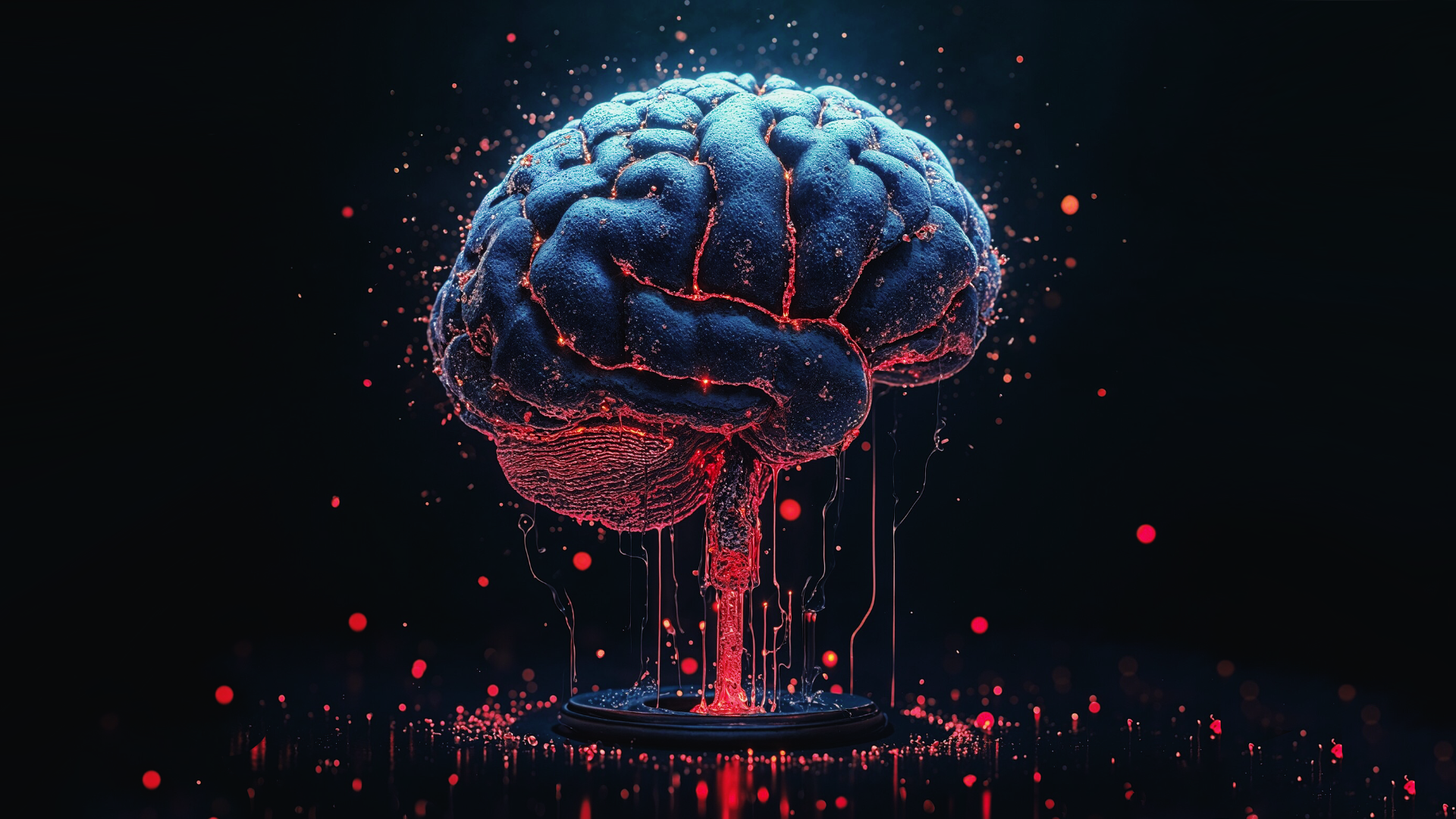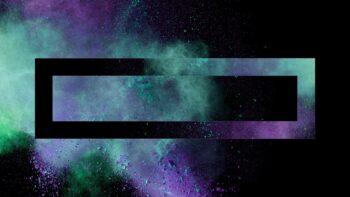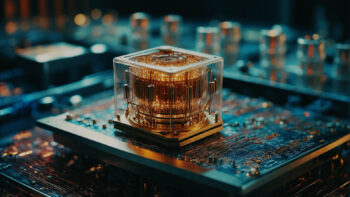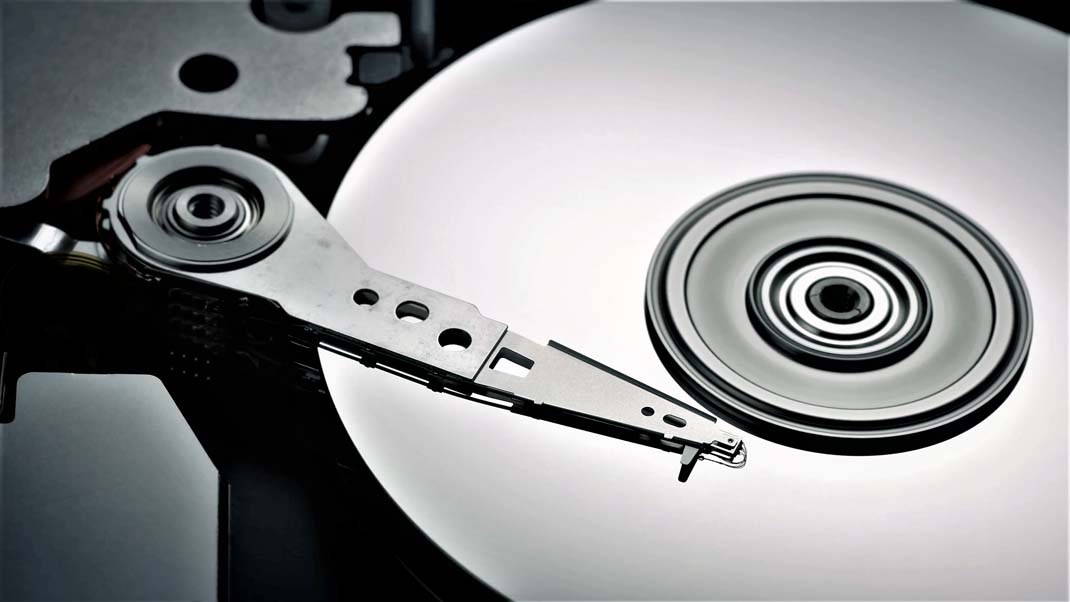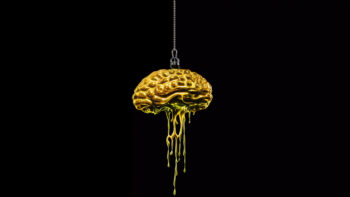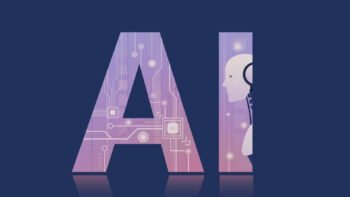Artificial intelligence (AI) systems can be distinguished into two basic groups, which differ both technologically and legally, namely the reference to:
- traditional artificial intelligence (AI),
- generative artificial intelligence (Generative AI).
The above breakdown is important for a proper understanding of the obligations involved, the potential risks and the regulations that apply to them, especially in terms of copyright.
Traditional AI systems operate on the basis of clearly defined algorithms and rules that process data, detect patterns and make decisions. In this case, copyright is primarily concerned with the input data and the effects of human work on the system, while the algorithms and models themselves are not protected as works. Usually, serious copyright issues do not arise here because AI does not generate new autonomous works.
In contrast to traditional AI, generative AI is different. Generative AI creates entirely new content – text, images, sounds or code – based on patterns learned from huge data sets, which often contain copyrighted material. This raises a number of legal issues, such as:
- Use of protected material to train AI models: In the context of the development of generative AI, a key issue is how AI models are trained on huge datasets, which often contain copyrighted material such as texts, images, music or source code. Under the EU’s Artificial Intelligence Regulation (AI Act), which aims to regulate the use of AI in the European Union, providers of generative models are required to respect copyright owners’ objections to the use of their works in the training process. This procedure is called ‘opt-out’ and allows creators or rights owners to object to the use of their content for training AI systems.
- Copyright protection of generated works: AI creations are usually not considered copyrighted works because they are not created by humans, which means that they often end up in the public domain. At the same time, however, there is a major problem with the fact that AI uses huge datasets when generating content, which often contain copyrighted material. If the generated work contains elements that approximate or even copy protected works, third-party copyright infringement may occur. Such infringements may incur legal liability on the part of users or AI providers, even if they were not fully aware of the use of protected material.
- Lack of a clear limit of protection: In the case of more complex creations that result from multiple human-AI interactions (e.g. adapting prompts), the question of granting legal protection is unclear and requires further regulation. In addition, current regulations, such as the EU’s 2019 Digital Single Market Copyright Directive (CDSM) and the 2024 AI Act Regulation, introduce some mechanisms to protect creators’ rights, but leave a lot of ambiguity in interpretation. These provisions do not make it clear how to treat copyright in the context of AI-generated works, which causes difficulties for both creators and AI technology developers.
The division of AI systems into traditional and generative AI systems carries important legal implications. Traditional AI is primarily subject to standard regulations regarding data processing and liability for decisions made. Generative AI, on the other hand, which creates new content, poses additional legal challenges, especially in the areas of copyright, confidential data protection and contractual compliance. In addition, it is subject to increasingly detailed and extensive regulations.
Copyright law vis-à-vis artificial intelligence faces significant challenges. Currently, works created autonomously by AI are not protected, and the use of protected materials to train models requires consideration of the owners’ rights. The future of copyright regulation will depend on further legislative work and case law, which will need to define more precisely the rules for the use of AI in creation and the protection of the rights of creators and users.
As such, both developers and users of these systems should carefully read the applicable regulations and consciously assess the risks associated with their use.
Author: r.pr. Damian Lipiński, GFP_Legal | Grzelczak Fogel i Partnerzy | Wrocław Law Firm




